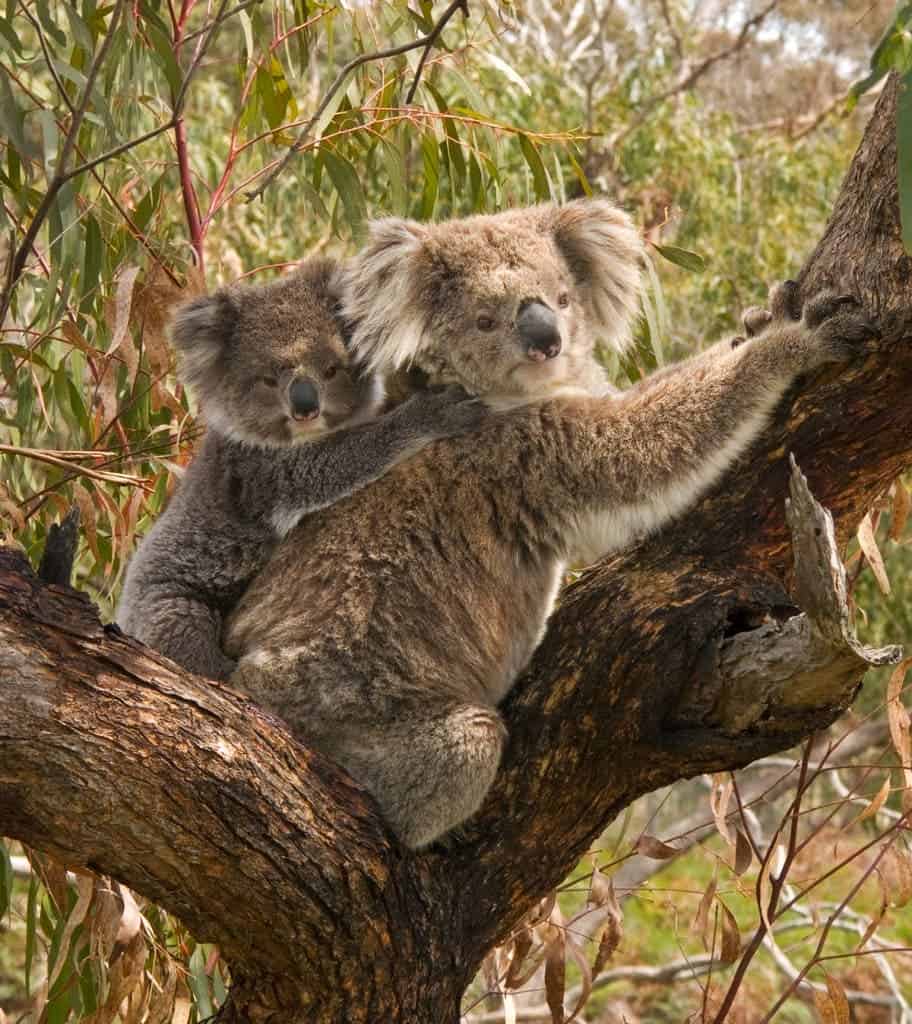There have been reports that 80% of the koalas’ habitat has been destroyed. If true, this could render the population functionally extinct. But the woes of the koalas are not new, and they’re not limited to the current wildfires, as some have suggested.

Australia is experiencing record-breaking drought and bushfires. Deborah Tabart, chairman of the Australian Koala Foundation (the largest non-profit organization dedicated to koala conservation) estimates that over 1,000 koalas have been killed because of the fires and more than 80% of their habitat has been destroyed. A number of recent articles from major publishers made it seem like this drove koalas to the brink of extinction by these wildfires — but that’s not exactly true.
There is no doubt that the wildfires are putting koalas under massive threat, subjecting them to even more environmental stress than usual. However, the ‘functionally extinct’ label came from earlier this year — in May, to be precise.
Back then, the Australian Koala Foundation dropped a press release stating the organization believes that “koalas may be functionally extinct in the entire landscape of Australia” and that koala numbers could be as low as 80,000.
Functionally extinct means that the current generation of adults is insufficient to produce a new, functional generation. There are a few things to note here.
Koalas are indeed in major trouble (and we’ll get to that in a bit). However, the foundation never really explained how they got those numbers and why they believe koalas to be functionally extinct. Secondly, the press release was published at a delicate moment: right before Australia’s election, where climate change and its effects (such as increased drought and wildfires) was a key issue.
So understandably, it’s easy to link the current bushfires with the koala woes, but this would be unclear and misleading.
However, this doesn’t exactly mean ‘good news’ for koalas.
The world is currently undergoing a mass extinction, and even among current trends, Australia’s extinction rate is among the highest in the world. The koala, an animal which is synonymous with Australia’s image, is in severe decline, despite its beloved status.
It’s probably sufficient to produce healthy generations, but it is also true that once a koala population falls below a critical point it can no longer produce the next generation, leading to extinction.
The truth is, we don’t really know how many koalas there are left in the wild.
“To determine whether each population of koalas scattered across eastern Australia is functionally extinct would require a gargantuan effort,” wrote Christine Adams-Hosking, a conservationist at the University of Queensland, for The Conversation. “It’s incredibly difficult for scientists to get a full grasp on koala numbers across Australia, so categorizing the species as “functionally extinct” is difficult.”
The koala is in trouble. It’s listed as ‘Vulnerable’, but its true status might be significantly worse than that. Threatened by climate change and its effects, koalas will continue to decrease in numbers unless stronger action is taken. Even if they’re not functionally extinct, things don’t exactly look good for the adorable creatures. To date, the present “vulnerable” listing has not achieved any known positive results for koala populations, Adams-Hosking explains.
The threats to koalas remain present and intensifying. It’s not just climate change — deforestation and diseases also threaten koalas. We also know that koala populations in some inland regions affected by climate extremes such as severe droughts and heatwaves have declined by as much as 80%.
Koalas are just one piece of the puzzle. Their decline is synonymous with the decline of an entire ecosystem. For millions of years koalas have been a key part of the health of our eucalyptus forests by eating upper leaves, and on the forest floor, their droppings contribute to important nutrient recycling. Their known fossil records date back approximately 30 million years so they may have once been a food source for megafauna carnivores.









